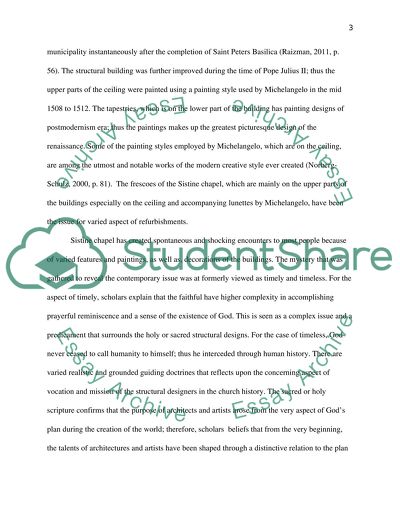Cite this document
(“MODERNITY VERSUS POSTMODERNITY Essay Example | Topics and Well Written Essays - 2000 words”, n.d.)
Retrieved from https://studentshare.org/architecture/1486977-ychthe-avant-garde-understands-itself-as-invading
Retrieved from https://studentshare.org/architecture/1486977-ychthe-avant-garde-understands-itself-as-invading
(MODERNITY VERSUS POSTMODERNITY Essay Example | Topics and Well Written Essays - 2000 Words)
https://studentshare.org/architecture/1486977-ychthe-avant-garde-understands-itself-as-invading.
https://studentshare.org/architecture/1486977-ychthe-avant-garde-understands-itself-as-invading.
“MODERNITY VERSUS POSTMODERNITY Essay Example | Topics and Well Written Essays - 2000 Words”, n.d. https://studentshare.org/architecture/1486977-ychthe-avant-garde-understands-itself-as-invading.


